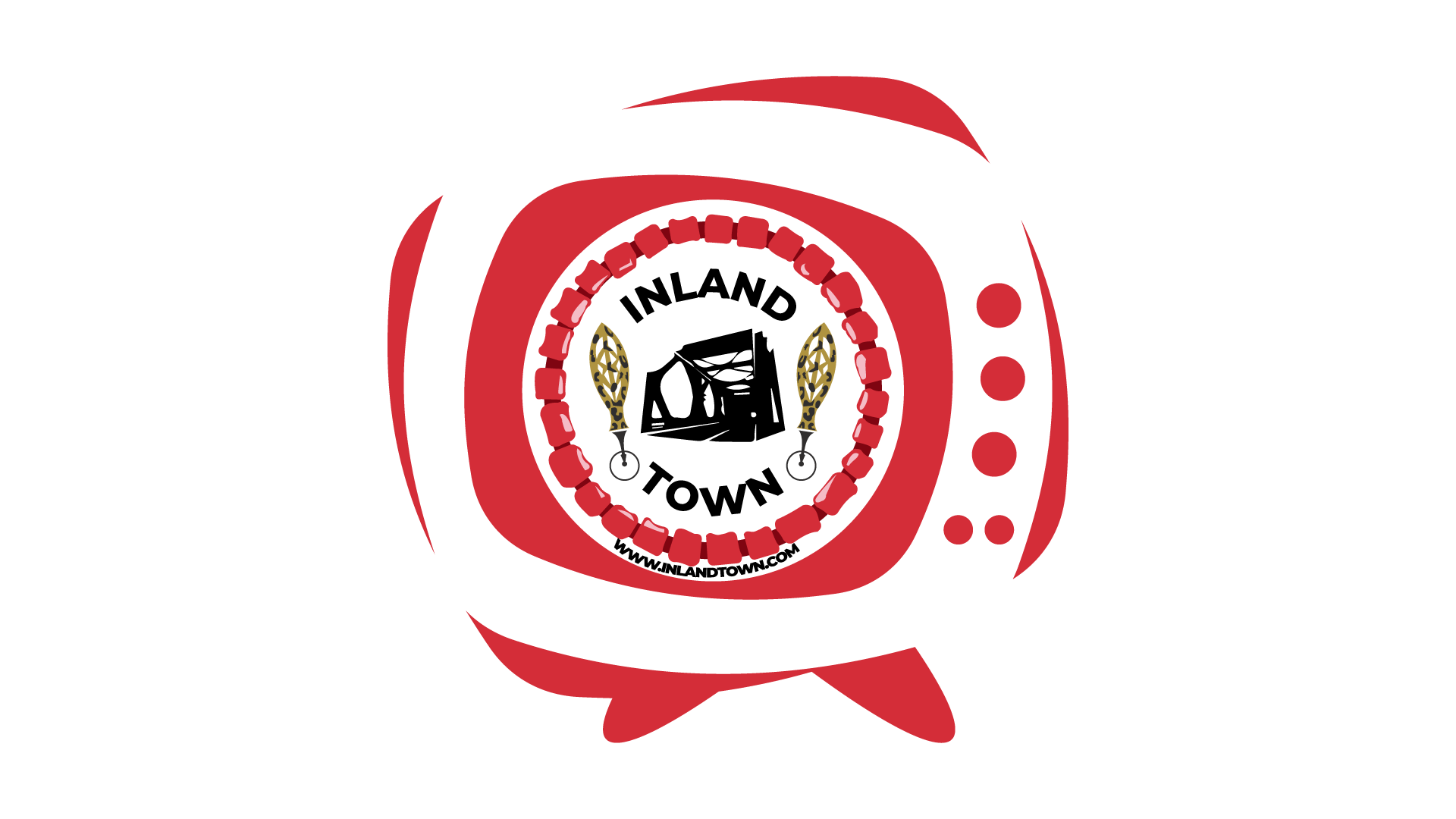In Africa, hair making is not just about style, it serves as an important part of traditional African women life.
African hairstyles have also been used to depict cultural identity, social status, age, marital status, and religious beliefs. They also convey messages of identity and belonging.
In the prehistoric period, hairstyles were works of art that have been passed down from generation to generation, representing the creativity, ingenuity, and heritage of African people.
The type of hairstyle a person wears could indicate their role in society, their social standing, and even their political affiliations. African hairstyles can be seen as a form of self-expression, a way of asserting individuality while also expressing a connection to one’s community and heritage.
Many tribes in Africa viewed hair as a symbol of femininity and beauty. This explains why women spend hours, days, and even weeks creating intricate hairstyles that are both practical and beautiful. Some hairstyles are designed for everyday wear, while others are reserved for special occasions such as weddings, religious ceremonies, and festivals.
Some of these ancient hairstyles have gained cotemporary popularity with celebrities like Rihanna, Beyonce, Lupita Nyong’o among others rocking the styles in different point in time. These ancient African hairstyles have also been adopted by Hollywood to showcase African identities in movies.
Meanwhile, some of these ancient hairstyles have been simplified and worn in different occasions by different age groups across the globe today.
Let’s take a look at some of these ancient hairstyles and the African tribes they originated from.
1. Himba Dreadlocks
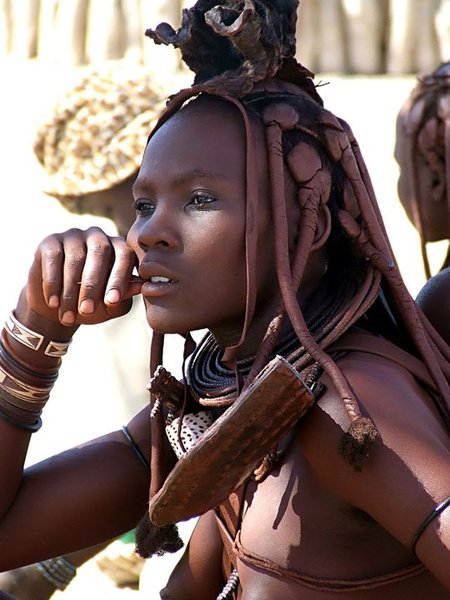
The Himba people are a semi-nomadic tribe living in northern Namibia known for their distinctive red ochre skin, elaborate jewelry, and intricate hairstyles. Himba dreadlocks are created by tightly twisting strands of hair and then coating them with a mixture of red ochre and animal fat, giving them a distinctive reddish-brown color. They view their dreadlocks as a symbol of their identity and cultural heritage, and the hairstyle is an important aspect of their traditional way of life.
2. Fulani Braids

Fulani braids, also known as “Fulani cornrows” or “Fulani inspired braids,” are a popular braiding style that originates from the Fulani people of West Africa. These braids are characterized by a distinctive pattern of braids that start from the front hairline and curve towards the back of the head. They are often adorned with beads, cowrie shells, and thread which represent the wearer’s age, social status, and religious beliefs.
3. Kavango Hairstyle
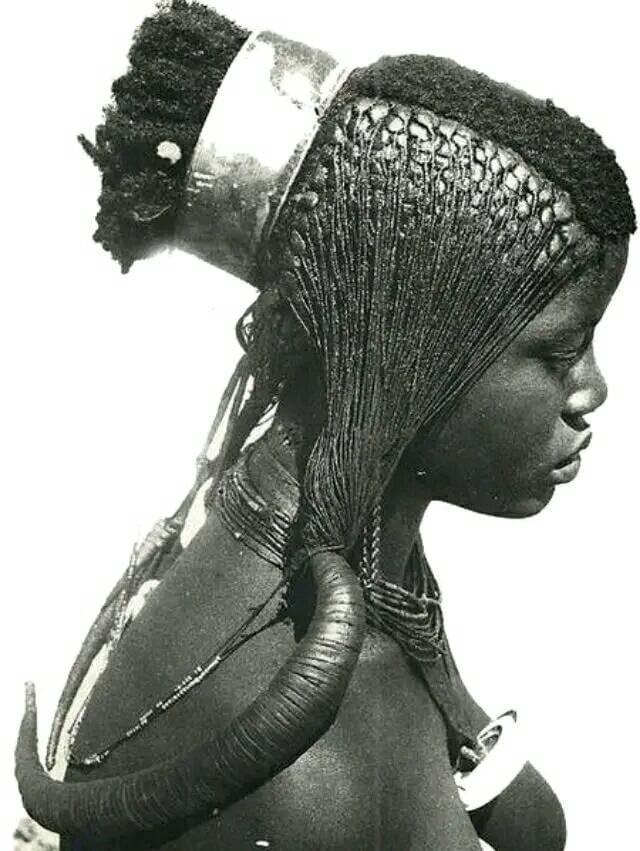
The Kavango hairstyle, also known as the “Namibian basket,” is a traditional hairstyle originating from the Kavango people of Namibia. The hairstyle involves braiding hair into a large circular shape on top of the head, resembling a basket or a crown. The intricate braiding pattern often includes beads and shells, and the hairstyle can be adorned with various accessories such as feathers or animal teeth.
4. Edamburu
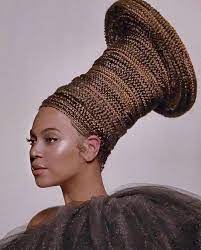
The Edamburu hairstyle is a traditional hairstyle worn by the Congolese women. This unique hairstyle involves tightly braiding the hair in a vertical direction, with each braid starting at the nape of the neck and extending upward. The braids are then gathered at the crown of the head and formed into a circular shape, resembling a crown or a hat.
5. Ochre Dreadlocks
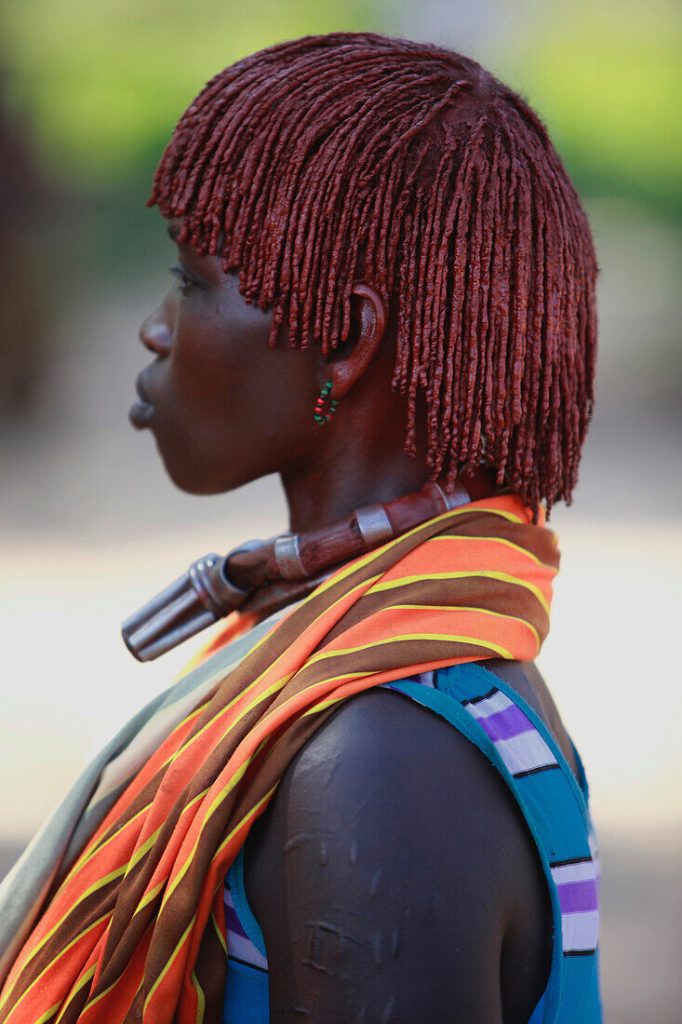
The Ochre dreadlocks originated from Omo valley in Ethiopia. The hairstyle is characterized by tiny twists of hair which are coated with ochre, a natural earth pigment that ranges in color from yellow to deep orange. Colourful beaded jewellery are worn to enhance the beauty of the style.
6. Bantu Knots
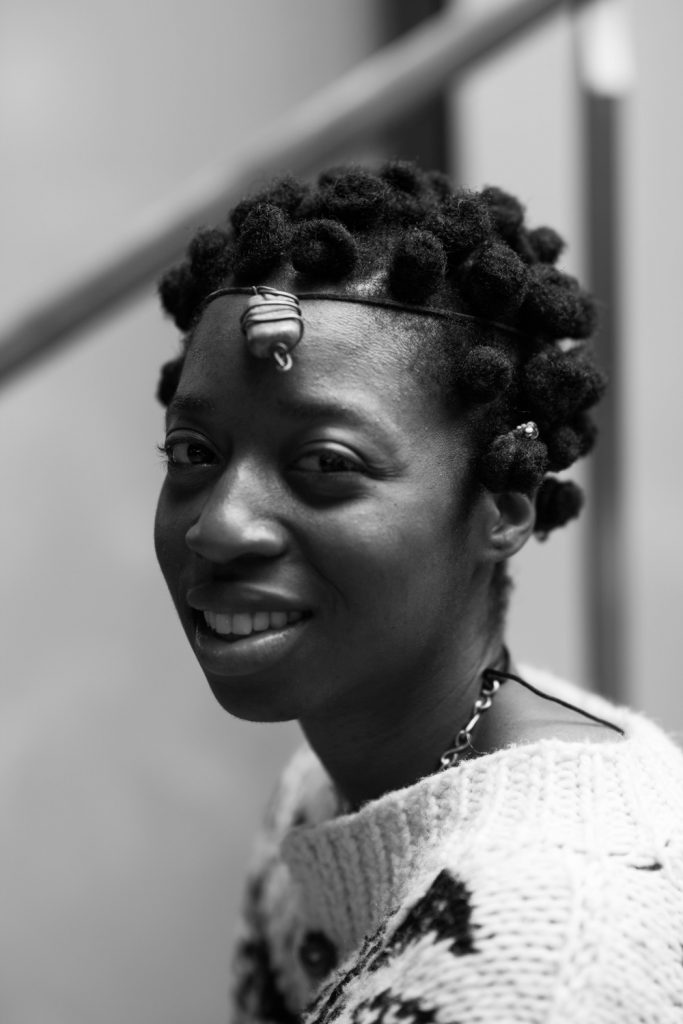
The Bantu knot is a style that originated from the the Zulu people in Southern Africa. The hairstyle involves dividing the hair into sections, twisting each section, and then coiling the twist into a small knot at the scalp. Bantu knots can be worn as a style on their own or taken down to create a defined curl pattern.
7. Sahrawi Cornrows
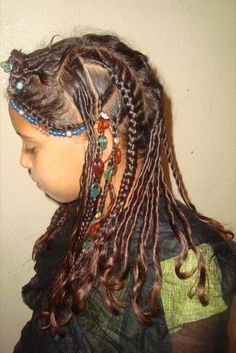
Sahrawi Cornrows are traditional hairstyles worn by the Sahrawi people in the Northern Africa. The hairstyle is characterized by intricate braids, adorned with colorful beads and shells. The style of braiding can vary depending on the occasion, with more elaborate styles reserved for special events like weddings.
8. Ghana Braids
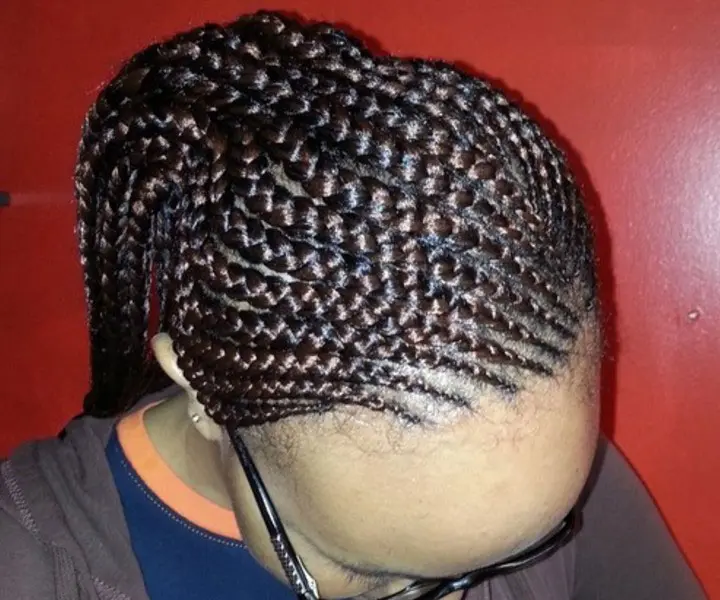
This hairstyle dates back to Ghana. They also appeared in hieroglyphics and sculptures carved around 500 BC, illustrating the attention Africans paid to their hair. What makes Ghana braiding so different from traditional cornrowing is the start and finish. Each braid is started off small, soft and natural as it goes into a much thicker and fuller state in the middle until it is tapered off at the ends.
9. Amasunzu
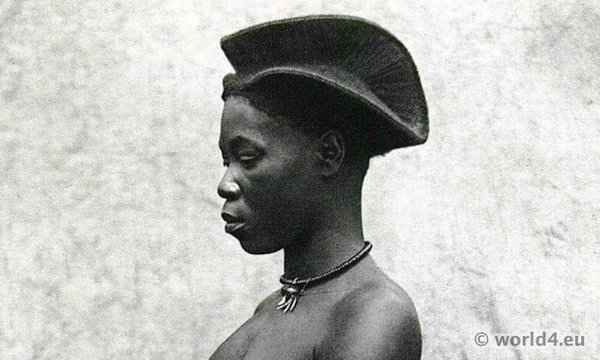
For over five centuries, the Hutu and Tutsi people of Rwanda have been adorning this hairstyle, which is a symbol of affluence in their society. The hair is braided into crescent shapes with sharp outlines in a series of rows. This particular hairstyle was worn by warriors to showcase their strength and bravery.
10. Agaracha/kiko
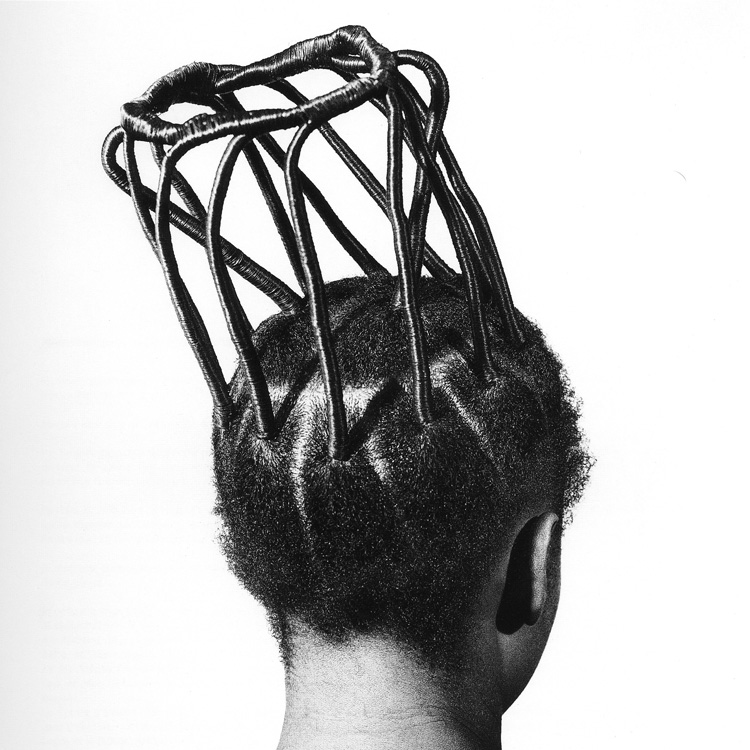
The agaracha hairstyle is a popular style among Nigerian women, particularly in the southeastern part of the country. The style involves creating multiple braids that are twisted together to form a thick, rope-like braid using thread. The name “agaracha” is derived from the Igbo language. This hairstyle is typically worn on special occasions such as weddings, festivals, and other cultural events.
